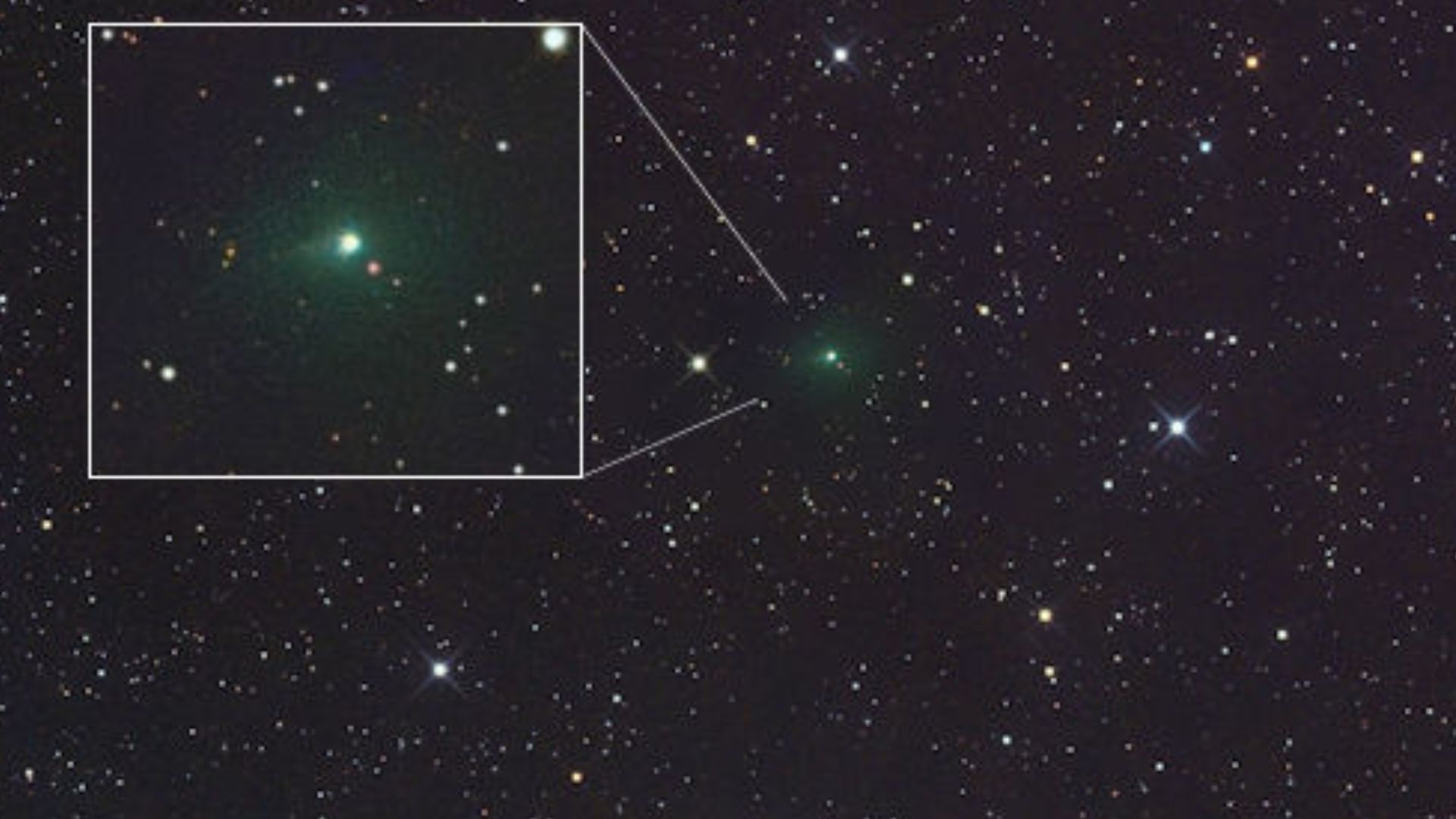NASA Baffled by Unexplained Force Acting on Space Probes
Mysteriously, four spacecraft that flew past the Earth have each displayed unexpected anomalies in their motions.
These newfound enigmas join the so-called "Pioneer anomaly" as hints that unexplained forces may appear to act on spacecraft.
A decade ago, after rigorous analyses, anomalies were seen with the identical Pioneer 10 and 11 spacecraft as they hurtled out of the solar system. Both seemed to experience a tiny but unexplained constant acceleration toward the sun.
A host of explanations have been bandied about for the Pioneer anomaly. At times these are rooted in conventional science — perhaps leaks from the spacecraft have affected their trajectories. At times these are rooted in more speculative physics — maybe the law of gravity itself needs to be modified.
Now Jet Propulsion Laboratory astronomer John Anderson and his colleagues — who originally helped uncover the Pioneer anomaly — have discovered that four spacecraft each raced either a tiny bit faster or slower than expected when they flew past the Earth en route to other parts of the solar system.
'Humble and perplexed'
The researchers looked at five deep-space probes — Galileo to Jupiter, the NEAR mission to the asteroid Eros, the Rosetta probe to a comet, Cassini to Saturn, and the MESSENGER craft to Mercury. Each spacecraft flew past the our planet to either gain or lose orbital energy in their quests to reach their eventual targets.
Breaking space news, the latest updates on rocket launches, skywatching events and more!
In five of the six flybys, the scientists have confirmed anomalies.
"I am feeling both humble and perplexed by this," said Anderson, who is now working as a retiree. "There is something very strange going on with spacecraft motions. We have no convincing explanation for either the Pioneer anomaly or the flyby anomaly."
In the one probe the researchers did not confirm a noticeable anomaly with, MESSENGER, the spacecraft approached the Earth at about latitude 31 degrees north and receded from the Earth at about latitude 32 degrees south. "This near-perfect symmetry about the equator seemed to result in a very small velocity change, in contrast to the five other flybys," Anderson explained — so small no anomaly could be confirmed.
The five other flybys involved flights whose incoming and outgoing trajectories were asymmetrical with each other in terms of their orientation with Earth's equator.
For instance, the NEAR mission approached Earth at about latitude 20 south and receded from the planet at about latitude 72 south. The spacecraft then seemed to fly 13 millimeters per second faster than expected. While this is just one-millionth of that probe's total velocity, the precision of the velocity measurements was 0.1 millimeters per second, carried out as they were using radio waves bounced off the craft. This suggests the anomaly seen is real — and one needing an explanation.
The fact this effect seems most evident with flybys most asymmetrical with respect to Earth's equator "suggests that the anomaly is related to Earth's rotation," Anderson said.
As to whether these new anomalies are linked with the Pioneer anomaly, "I would be very surprised if we have discovered two independent spacecraft anomalies," Anderson told SPACE.com. "I suspect they are connected, but I really do not know."
Unbound idea
These anomalies might be effects we see with an object possessing a spacecraft's mass, between 660 and 2,200 lbs. (300 and 1,000 kg), Anderson speculated.
"Another thing in common between the Pioneer and these flybys is what you would call an unbound orbit around a central body," Anderson said. "For instance, the Pioneers are flying out of the solar system — they're not bound to their central body, the sun. For the other flybys, the Earth is the central body. These kinds of orbits just don't occur very often in nature — it could be when you get into an unbound orbit around a central body, something goes on that's not in our standard models."
The researchers are now collaborating with German colleagues to search for possible anomalies in the Rosetta probe's second flyby of the Earth on November 13.
"We should continue to monitor spacecraft during Earth flybys. We should look carefully at newly recovered Pioneer data for more evidence of the Pioneer anomaly," Anderson added. "We should think about launching a dedicated mission on an escape trajectory from the solar system, just to look for anomalies in its motion."
Montana State University physicist Ronald Hellings, who did not participate in this study, said, "There's definitely something going on. Whether that's because of new physics or some problem with the model we have is yet to be worked out, as far as I know. A lot of people are trying to look into this."
Anderson and his colleagues will detail their latest findings in an upcoming issue of the journal Physical Review Letters.
- What Causes Gravity?
- Top 10 Unexplained Phenomena
- The Strangest Things in Space
Join our Space Forums to keep talking space on the latest missions, night sky and more! And if you have a news tip, correction or comment, let us know at: community@space.com.

Charles Q. Choi is a contributing writer for Space.com and Live Science. He covers all things human origins and astronomy as well as physics, animals and general science topics. Charles has a Master of Arts degree from the University of Missouri-Columbia, School of Journalism and a Bachelor of Arts degree from the University of South Florida. Charles has visited every continent on Earth, drinking rancid yak butter tea in Lhasa, snorkeling with sea lions in the Galapagos and even climbing an iceberg in Antarctica. Visit him at http://www.sciwriter.us
